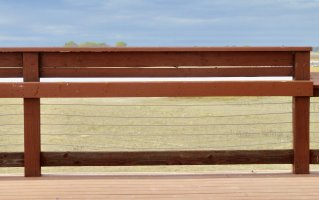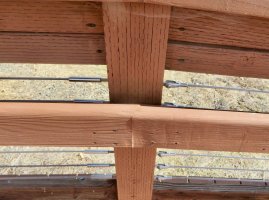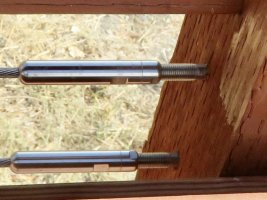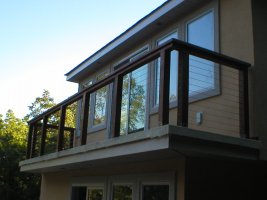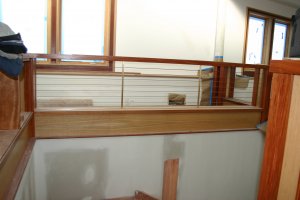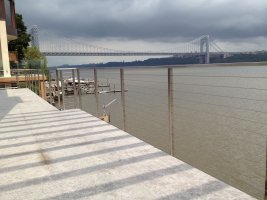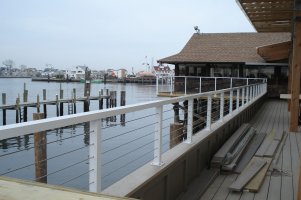amjay
Registered User
I am dealing with an existing home with deck and railing built in 1987 when I believe the UBC was in effect in California. If no structural changes are made to the exterior decking, support posts, the railing support posts and the existing top railing is not modified but cable railings are installed in lieu of the current wood pickets should the current CBC be applied requiring that the top rail to be raised from 36" to 42"?

